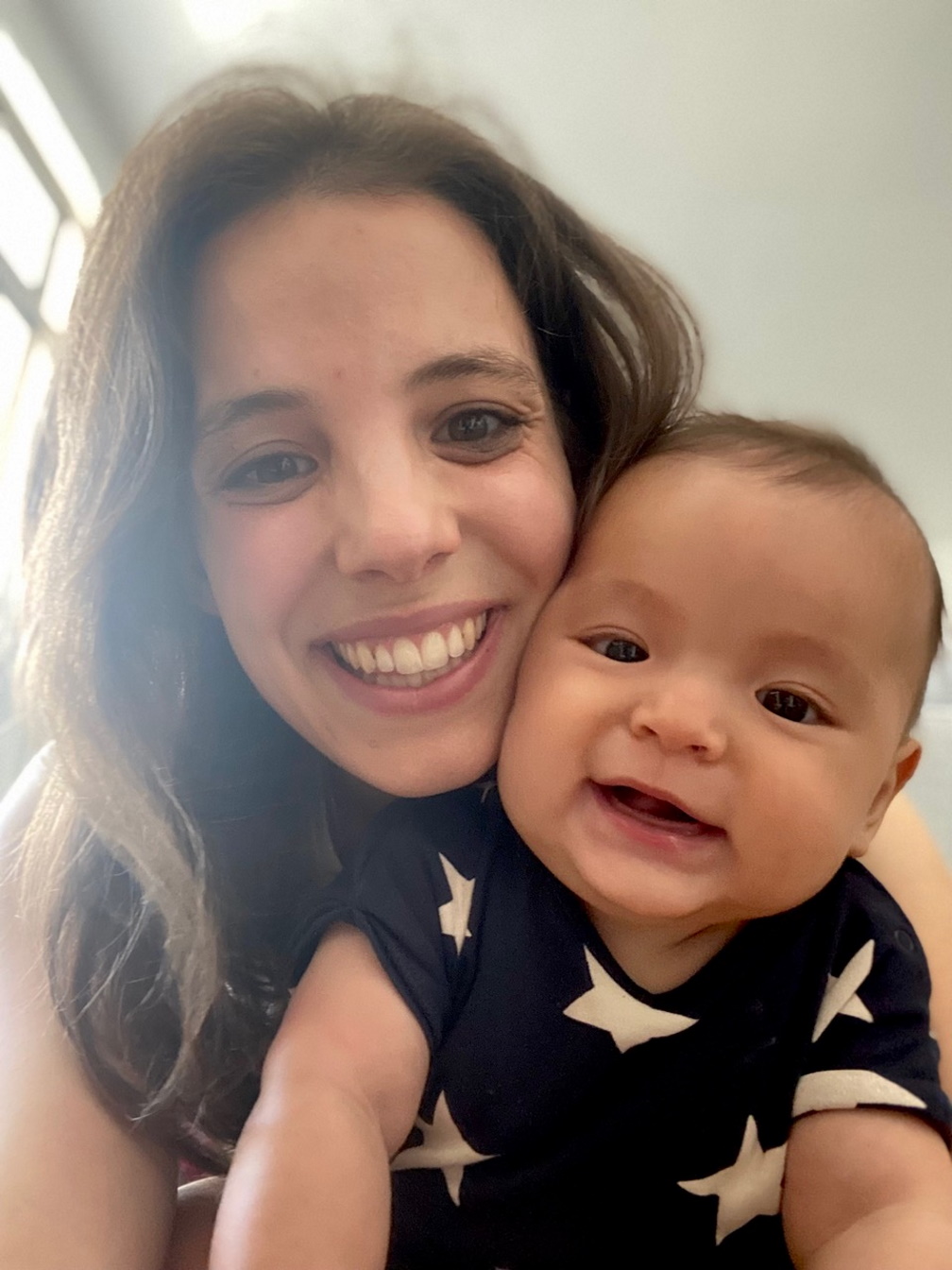Leading doctor warns of horror flu season for kids
- Written by The Times

A leading Australian paediatrician has warned of a horror flu season for children, calling on students and schools to maintain infection control measures in the classroom to help ward off the virus.
Associate Professor Dr Sandy Hopper, the Chief Medical Officer for KidsDocOnCall, said many groups of children were “immune naive” to normal childhood infections after long lockdowns, especially in NSW and Victoria, over the past two years.
“These children have not had the opportunity to build up their immune system and are now very susceptible to catching bronchiolitis or influenza,” he said.
“Normally young children get about 9 to 13 viral infections a year, but with the lockdowns this has dropped to less than five. Across Australia people were in less circulation and schools closed so children were not exposed to normal childhood infections.
“As winter approaches and kids start crowding indoors at school and pre-school we will see a large-scale wave of normal common infections like the flu. The increase in numbers is already very noticeable and it’s only April.
“If there is a large winter epidemic influenza will sweep through schools and the adult population, and in many children, this disease is more severe than Covid.”
Dr Hopper said parents could help ward off the virus through good nutrition, clean air in the house (not cigarette smoke) and the flu vax, all of which would help bolster a child’s health and immunity.
The flu vaccine now available and is free for children aged 6 months to 5 years.
Dr Hopper said children should be encouraged to keep washing their hands, observe cough and sneezing etiquette and stay at home when they are sick. Masks are a controversial issue but may play a role in the classroom to stop the spread.
“I realise there is mask fatigue, but it’s worth considering if we head into a horror flu season,” he said.
The National Health and Medical Research Council recommends annual vaccination for anyone six months or older to reduce their risk of becoming ill with influenza. Severe influenza infections normally require hospitalisation.
Miles, six months, has just recovered from bronchiolitis.
His mother Tessa Graus, of Woollhara, said: “It was pretty scary when he was wheezing and working hard to breathe, but thankfully he recovered well. It was a long few nights.”
Associate Professor Sandy Hopper, a Paediatric Emergency Medicine Physician, is the Chief Medical Officer and co-founder of KidsDocOnCall, a 24/7 national children’s medical telehealth service. He is also Associate Professor of Paediatrics at the University of Melbourne. The dad of two teenage boys understands the stresses of parenthood and is driven to helping Australian children lead their happiest and healthiest lives.


















